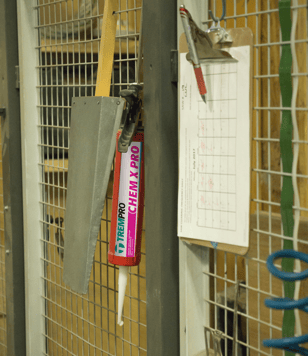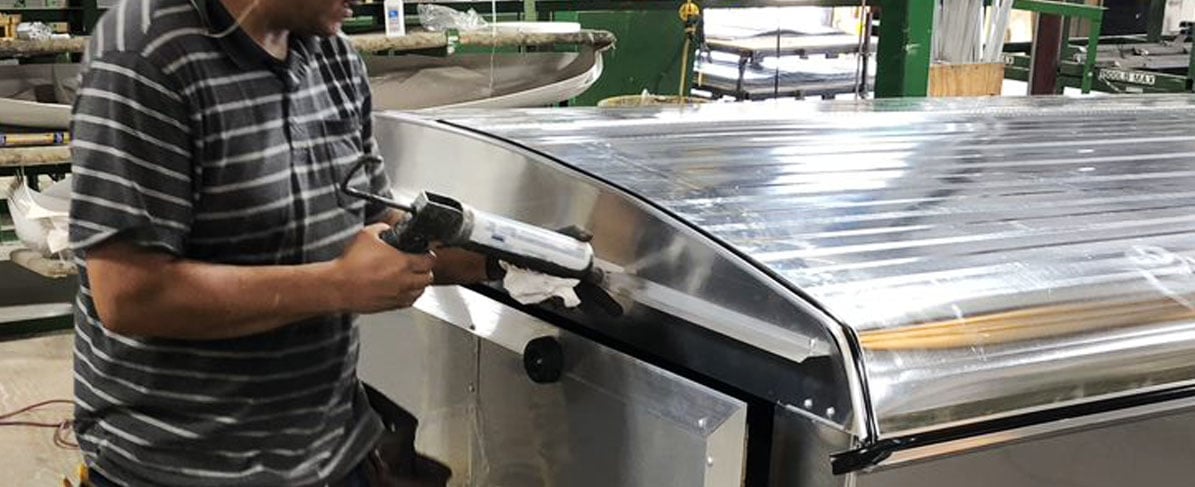Global industries and governments have taken action to reduce greenhouse gas emissions and their negative environmental impacts, but what is being done to address the potential dangers of volatile organic compounds (VOCs)? While there are no universal standards for acceptable VOC exposure and every state and province had different laws, the construction industry is making progress to mitigate their impact and offer alternative product solutions that are safer for the environment and indoor air quality.
 What is a VOC?
What is a VOC?
Volatile organic compounds, also known as VOCs, are present all around us in both indoor and outdoor spaces. A VOC is a hydrocarbon chemical that typically emits a gas, known as off-gassing, which evaporates quickly at room temperature. According to the Environmental Protection Agency (EPA), they can be found in paint, sealants, and even everyday home products like cleaning supplies and scented candles. VOCs are often associated with a strong smell but can also be odorless and go undetected.
In the construction and building industry, VOCs are traditional ingredients in some liquid sealants and waterproofing membranes since they can help with handling and tooling of the product. When these materials outside, the VOC evaporates into the outdoor environment. Indoor and in-plant applications find that the evaporation and off-gassing can linger in the air long after use, negatively impacting the indoor air quality.
OSHA has set up codes and practices for the safety of workers and their health with regard to using chemicals, but that differs amongst states, regions, and industries. These well-intended but varied regulations can seem confusing. So, what is the safest path forward?
The Case for Hybrids
In regards to sealant technology, the word hybrid may stir up conflicting thoughts: “Is it as powerful?”; “If it’s a mix of technologies, am I just getting half of the effectiveness?”. While some of these performance concerns may have been valid years ago, proprietary hybrid sealants have evolved with technological advancements in chemistry. And hybrids by design contain very low and sometimes even zero VOCs.  But what is a hybrid? Think of hybrids as a customized blend of ingredients that starts with either polyurethane or silicone. Combining these chemistries offers a performance synergy greater than if they were used entirely on their own. Other features include:
But what is a hybrid? Think of hybrids as a customized blend of ingredients that starts with either polyurethane or silicone. Combining these chemistries offers a performance synergy greater than if they were used entirely on their own. Other features include:
- Quick skinning and moisture-cure time
- Strong modulus and elasticity
- Exceptional weathering
- Able to be painted
- Aggressive adhesion to a wider variety of substrates
- Very low VOCs
- Less obnoxious odor than conventional sealants
Extreme sealing versatility is a welcome added benefit because hybrid sealants reduce the need for multiple products on each project. The fewer VOCs, if any, that are emitted from a hybrid allows for them to be applied virtually anywhere without worrying about extra precautions for increased ventilation.






